Check out the latest issue of USDA Agroforestry News, featuring our farm's experiment with growing food forests, building community.
And here's a little preview/teaser for some tips for getting started...
Tips for your food forest:
Forest garden guilds can also serve as a metaphor for how you relate to people and to your community. A few transferrable tips to consider while you establish your food forest:
Observe! Pay attention to what’s going on. Light, water, slope, past land use, organization history, etc. Connect to place, connect to the people and plants there. This will help inform decisions.
Build your soil – if possible take 1 – 3 years transitioning with a mix of cover crops. Start adding fertility in the form of plants. Choose your nitrogen fixer – in our guilds it’s seaberry, purple prairie clover, baptista, but it could be any of the legumes or Elaganceae family. In your community look for ways to build mutually beneficial relationships. A good example of building community is the Value Chain Partnership in Iowa; they’ve created nested networks across food sectors to grow their local food economy. The Midwest Agroforestry Working Group is also a new network wherein practitioners can pose questions and share expertise.
Add a dynamic accumulator – go deep and deepen your relationships and commitment to your life purpose. Examples in the plant world include horseradish root, compass plant, and comfrey. Community organizations can accelerate growth too. Through their delegations and connections with their growers and coffee drinkers, Just Coffee Cooperative has built deep, transparent relationships in understanding and practicing Fair Trade (and coffee thrives in an agroforestry system!).
Insectory – build beneficial habitat – this helps manage for risk, repel disease, attract beneficial insects. Elderberry, dill, and calendula can all help provide beneficial habitats for insects. At the community scale, create space for inclusiveness that allow for diverse habitats of people and ideas to be expressed.
Food – plant what feeds you! Add flavor and spice to your idea. At the end of the day what will keep you going? For example, quince live over 100 years and we can expect yields of 400 - 600 lbs fruit/ tree. That’s a serious amount

